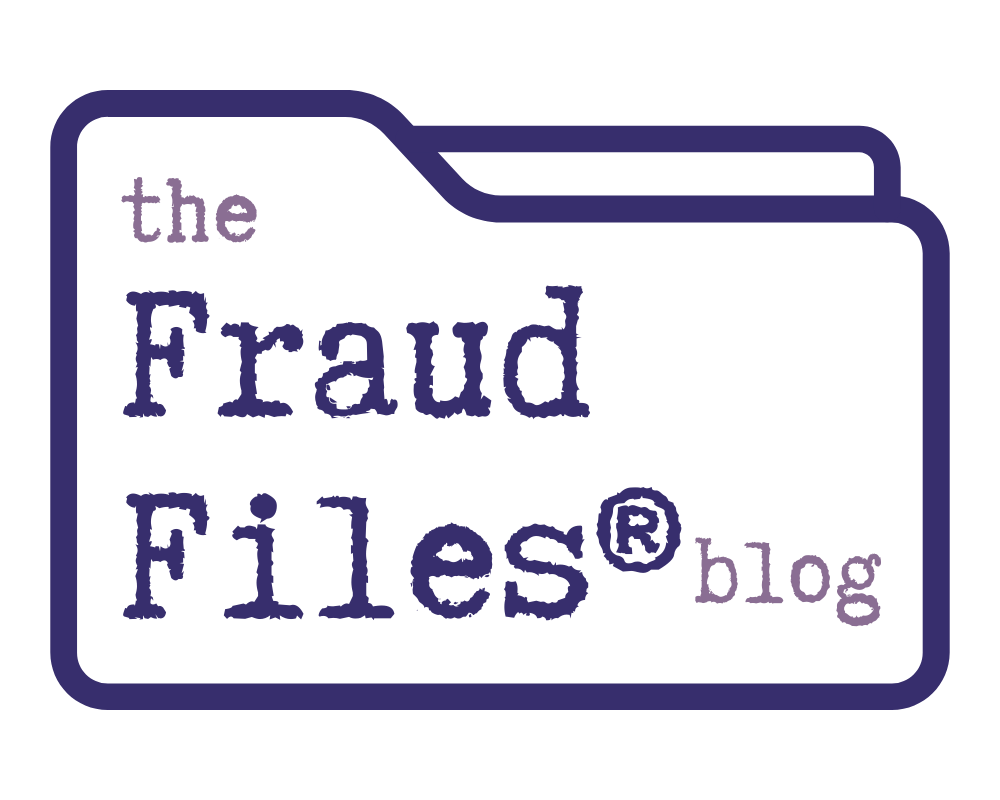
 Would you recognize the clues that your client has been ripped off by one of its employees? Or would management conduct business as usual, blindly trusting their employees? Companies make the mistake of not actively searching for fraud. They tend to trust their employees and trust the procedures in place to safeguard company assets.
Would you recognize the clues that your client has been ripped off by one of its employees? Or would management conduct business as usual, blindly trusting their employees? Companies make the mistake of not actively searching for fraud. They tend to trust their employees and trust the procedures in place to safeguard company assets.
It may be good business to trust employees and empower them to make real contributions to the growth of the company. However, it is not wise to turn a blind eye to signs that a trusted employee may be stealing.
An unexpected increase in affluence may signal an employee with sticky fingers. Favorite toys of fraudsters include new Harley Davidson motorcycles, luxury vehicles, and high-end watches. Those things are easy to spot, although management doesn’t always think through the implications.
Behavioral changes can also point toward a guilty conscience. Changes in activities such as starting or quitting time, without any obvious business reason, could be problematic. Non-compliance with established policies and procedures can also be problematic.
In terms of company operations, however, signs of fraud may not be as easy to pinpoint. (Unless of course if you’ve read this article.) Management and legal counsel need to increase their fraud knowledge in order to best identify fraud.
Starting Point
Any thorough search for fraud starts with the financial statements. You don’t have to be a financial sleuth to understand that it is a problem if more cash is going out the door than is coming in.
It is particularly problematic to experience severe cash flow problems even during times when sales and market share are increasing. While it may take increased cash to fund the additional operations, it does not make sense that a company would be bleeding cash when sales are good.
On the flip side, unusual prosperity during a time when competitors are struggling can signal fraud. If market conditions indicate that profit margins should be slim, yet your company is breaking sales and profit records, there may be a case of financial statement manipulation.
Digging Deeper
Looking behind the financial statements and into the detailed accounting records can yield valuable information about the potential for fraud. Bank accounts that remain unreconciled for long periods of time are immediately suspect.
I have witnessed many fraudsters who are clever enough to steal, but not bright enough to know how to cover their tracks in the accounting system. Thus they don’t reconcile the bank accounts in a feeble attempt to hide the fraud.
Additional red flags of fraud include improperly recorded transactions. This may include recording incorrect amounts, posting transactions to the wrong accounting period, or recording transactions that violate company policy.
Be on the lookout for adjusting entries at the end of accounting periods. Adjustments are a normal part of the accounting process, as they update balances.
However, be suspicious of significant accounting adjustments that have a major impact on the period’s financial results.
Computer usage should be monitored for unusual activity, such as access late at night or remote access at unusual hours. Clever fraudsters have been known to process transactions late at night, when no other personnel will be aware of the activity.
Special note should also be made of transactions that don’t have any supporting documentation. When documentation is available, it is important to note whether you are reviewing original documents or copies.
Copies should cause you to investigate further. Even if you are reviewing documents that appear to be originals, make note of any unusual characteristics, as technology has enabled almost anyone to create “original” documentation.
Consistent problems with customer accounts signal either incompetent employees or fraud. Excessive complaints from customers about their account balances may indicate that an employee is tampering with customer records. It could also indicate that someone is stealing customer payments.
Lots of voids and credits to accounts are also red flags of fraud. Accounting systems typically have a standard procedure for applying payments to customer accounts. Be on the lookout for account adjustments that are done via some other procedure.
Management Issues
Owners, executives, and legal counsel should be on the lookout for incompetent management. Problems such as poor planning, poor delegation, inability to meet goals, or ignorance about the company’s business, are all warning signs that fraud could occur.
Management override of policies and procedures is a cause for significant concern. Policies and procedures are implemented to prevent fraud and ensure that the financial records of the company are accurate. Frequent override of controls makes those controls completely ineffective.
Override of controls is also a cause for concern because it offers clues about those participating. Dishonest employees are often known to balk at policies and procedures. They often have an attitude that the rules do not apply to them. Be on the lookout for these attributes.
Finally, another sign of problems at the management level is management performing clerical functions. Keep an eye on the executives that perform tasks that are clearly below their “level,” as this may indicate an attempt to conceal certain activities or information.
Follow-Up Steps
What should counsel do if management identifies several of these signs that fraud is occurring? Ideally, the company would have an action plan in place to investigate the situation.
Counsel and management should discuss the potential fraud and determine the risk of fraud. How does the alleged fraud fit into this risk? If the risk is determined to be significant and the fraud indicators are clear, an investigation should commence.
This investigation should be kept very quiet. Management and employees do not need to know that an investigation is underway. It is important to gather as much information as possible without tipping off the perpetrator.
If the initial investigation confirms the suspicion of fraud, a full-blown investigation may be started. Disciplinary action should also be considered. Some companies immediately suspend or terminate the suspect. Other companies prefer to do nothing, in an attempt to gather more information from the fraudster.
Legal counsel should be involved in all stages of the investigation and discipline. It is important to execute the investigation in a way that benefits the company if management intends to pursue the perpetrator legally.
The most common way an internal fraud is detected is through a tip from a customer, employee, or vendor. Therefore, it is important that business clients take tips very seriously, and have a policy in place for investigating those tips.
Companies are often concerned that tips may just be intended to cause trouble for someone. Whether the tips are legitimate or not, it is important to investigate them in order to rule fraud in or out. Either way, the company will be better off for gathering the facts.
Information without action is worthless. Gather the necessary information, make a plan of action, and follow through. Whether or not a fraud is found, management and counsel should utilize the facts of the situation to modify policies and procedures to better prevent fraud in the future.



